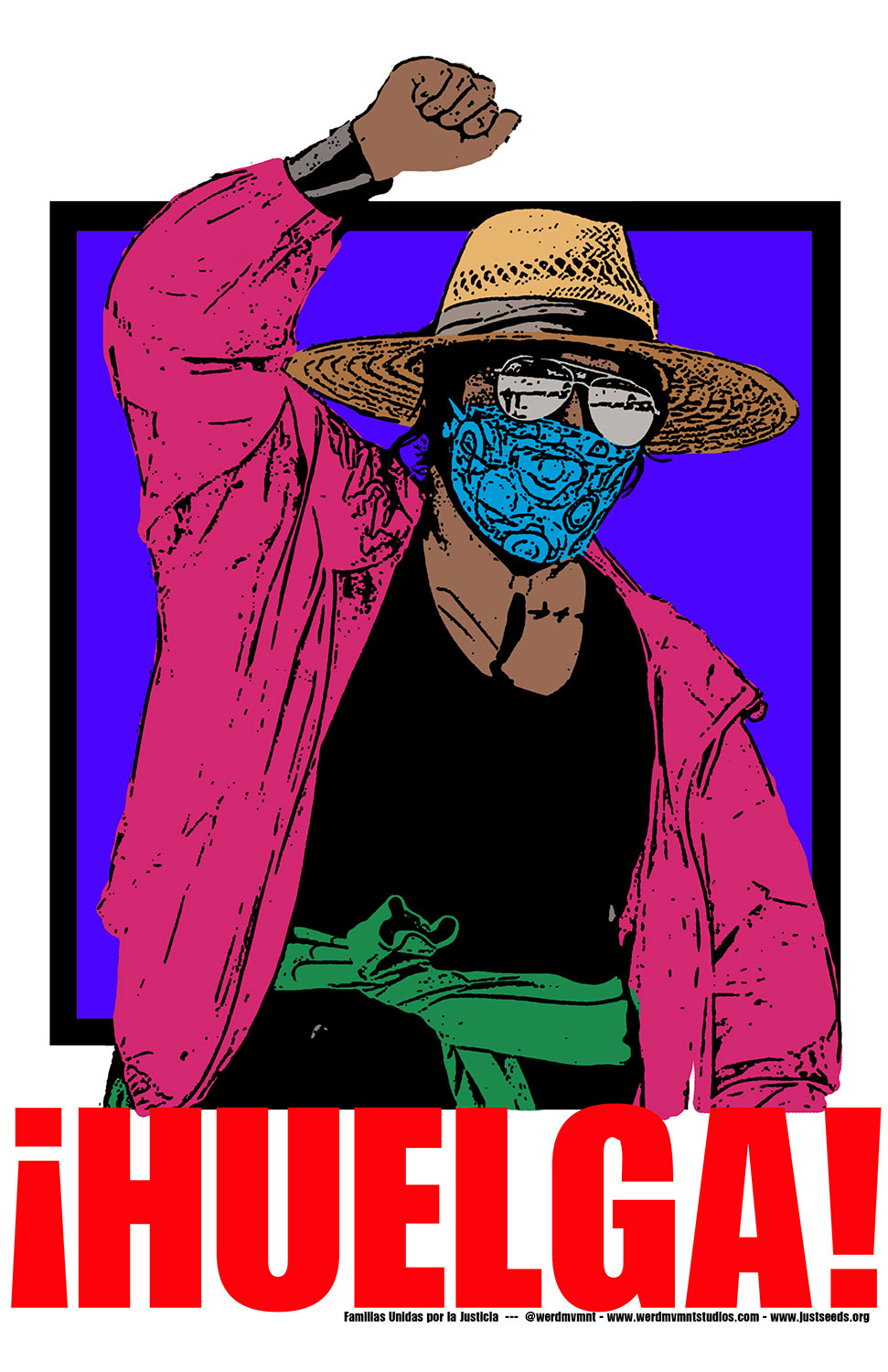7: Social Movement Activity
- Page ID
- 138169
\( \newcommand{\vecs}[1]{\overset { \scriptstyle \rightharpoonup} {\mathbf{#1}} } \) \( \newcommand{\vecd}[1]{\overset{-\!-\!\rightharpoonup}{\vphantom{a}\smash {#1}}} \)\(\newcommand{\id}{\mathrm{id}}\) \( \newcommand{\Span}{\mathrm{span}}\) \( \newcommand{\kernel}{\mathrm{null}\,}\) \( \newcommand{\range}{\mathrm{range}\,}\) \( \newcommand{\RealPart}{\mathrm{Re}}\) \( \newcommand{\ImaginaryPart}{\mathrm{Im}}\) \( \newcommand{\Argument}{\mathrm{Arg}}\) \( \newcommand{\norm}[1]{\| #1 \|}\) \( \newcommand{\inner}[2]{\langle #1, #2 \rangle}\) \( \newcommand{\Span}{\mathrm{span}}\) \(\newcommand{\id}{\mathrm{id}}\) \( \newcommand{\Span}{\mathrm{span}}\) \( \newcommand{\kernel}{\mathrm{null}\,}\) \( \newcommand{\range}{\mathrm{range}\,}\) \( \newcommand{\RealPart}{\mathrm{Re}}\) \( \newcommand{\ImaginaryPart}{\mathrm{Im}}\) \( \newcommand{\Argument}{\mathrm{Arg}}\) \( \newcommand{\norm}[1]{\| #1 \|}\) \( \newcommand{\inner}[2]{\langle #1, #2 \rangle}\) \( \newcommand{\Span}{\mathrm{span}}\)\(\newcommand{\AA}{\unicode[.8,0]{x212B}}\)
Introduction

- 7.1: Theoretical Frameworks
- This section introduces conceptual frameworks for analyzing Chicanx and Latinx social movements. It discusses Chicana Movidas, which encompasses innovative concepts, tactics, and methodologies at the intersection of race, class, gender, and sexuality, emphasizing both traditional social movement organizing and creative strategies rooted in cultural traditions. These frameworks provide tools for analyzing specific examples and campaigns led by social movement activists in subsequent sections.
- 7.2: Chicanx and Latinx Civil Rights Activism
- This section explores the roots of contemporary Chicanx and Latinx advocacy in the United States. It highlights the contributions of these communities to civil rights frameworks and policies, including their fight against racist policies, mobilization for social and economic justice, and establishment of non-discrimination principles.
- 7.3: Queer and Feminist Chicanx Movements
- This section focuses on the presence of hyper-masculinity, sexism, and homophobia within Chicano identity and Chicanismo, as well as the challenges faced in addressing these dynamics. The section explores the struggles faced by Chicana feminists in advocating for gender justice within the Chicano movement and the formation of organizations and campaigns to address women's issues. Additionally, it touches on the experiences of queer Chicanas and their efforts to build solidarity.
- 7.4: Labor, Farmworker, and Immigrant Movements
- Section 7.4 explores the labor, farmworker, and immigrant movements in the United States. The section highlights the solidarity between Chicanx, Latinx, Asian American, Black, and Indigenous communities in advocating for worker justice and immigration justice. The section further discusses the historical context of immigration policies, the recruitment of migrant labor, and the punitive measures against undocumented immigrants.
- 7.5: Chicanx and Latinx Political Representation
- This section discusses formal politics in Chicanx and Latinx communities, focusing on political representation and the challenges faced by Latinx individuals in the United States. The representation of Latinx people in government and politics is highlighted, revealing the underrepresentation of Latinx individuals in elected positions at the local and federal levels. The section also introduces notable Latinx leaders in politics and highlights broader patterns of representation.


